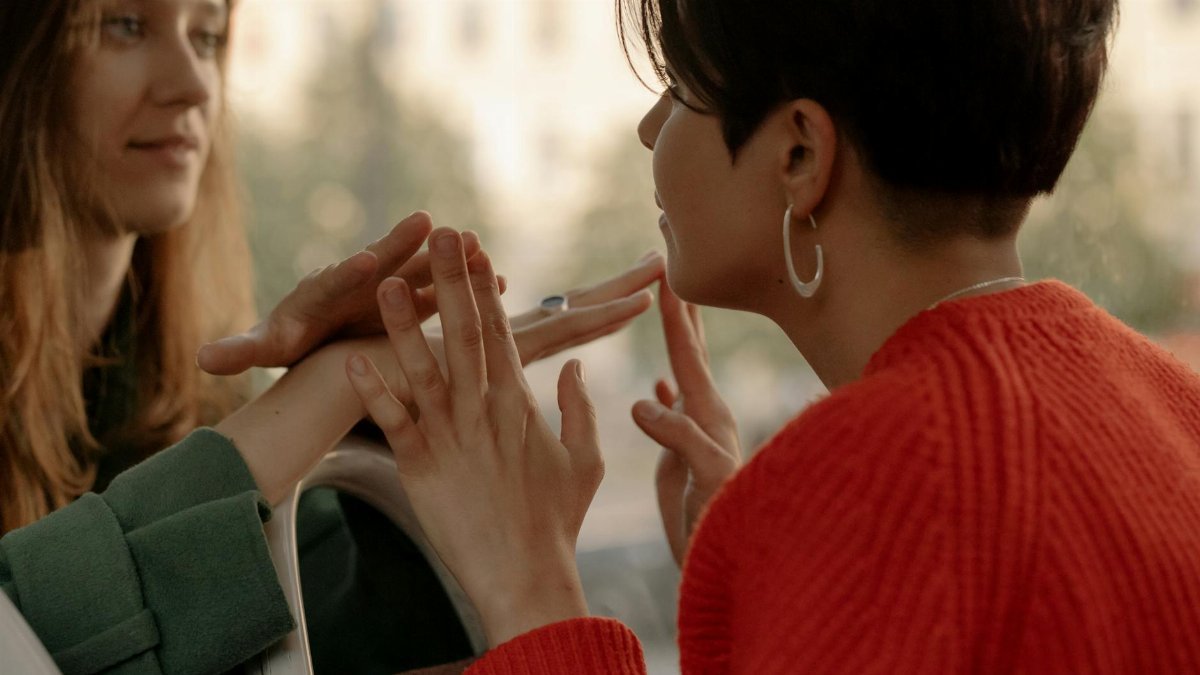Is breath eye contact intimacy the secret to forging deeper connections in mere minutes? This emerging technique, blending synchronized breathing with sustained eye contact, is gaining traction among couples and even strangers seeking instant emotional bonds. Promoted by relationship experts in 2025 as a fast-track to vulnerability, it’s rooted in the idea that aligning breath and gaze can break down walls. But does it deliver, or is it just another fleeting trend? Here’s what you need to know about this powerful, yet simple, intimacy hack.
What Is Breath Eye Contact Intimacy?

At its core, breath eye contact intimacy involves two people syncing their breathing patterns while maintaining direct eye contact. The goal? To create a shared rhythm that fosters trust and emotional closeness. Often used in couples therapy or mindfulness workshops, this method leverages physiological cues—slowed heart rates and mirrored breathing—to signal safety and connection. It’s not just woo-woo; science backs the calming effects of synchronized breathing, as noted by researchers at National Institutes of Health.
Why It’s Gaining Buzz in 2025
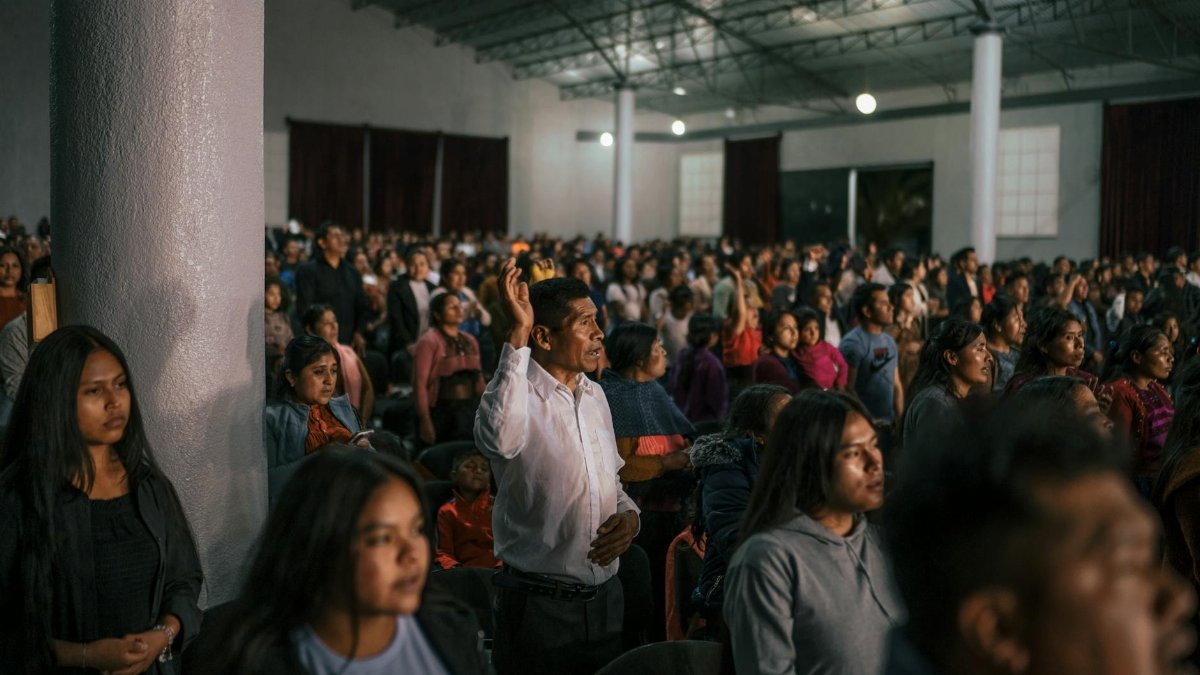
Relationship coaches and wellness influencers are pushing breath eye contact intimacy as a quick fix for disconnection in today’s fast-paced, screen-heavy world. With virtual interactions often replacing face-to-face depth, this technique offers a raw, unfiltered way to reconnect. Workshops across the U.S. are popping up, teaching pairs—romantic or platonic—how to use breath and gaze to rebuild bonds. Social media clips of participants tearing up after just minutes of practice are fueling its viral appeal.
The Science Behind the Connection

Studies show that eye contact triggers oxytocin release, often called the “bonding hormone,” while synchronized breathing can lower stress by activating the parasympathetic nervous system. Combined, these elements create a feedback loop of calm and trust. Research from Pew Research Center on interpersonal connection trends highlights how physiological alignment—like synced breathing—can mimic the closeness of long-term relationships in mere moments. It’s biology, not magic, driving the results.
How to Practice It Effectively
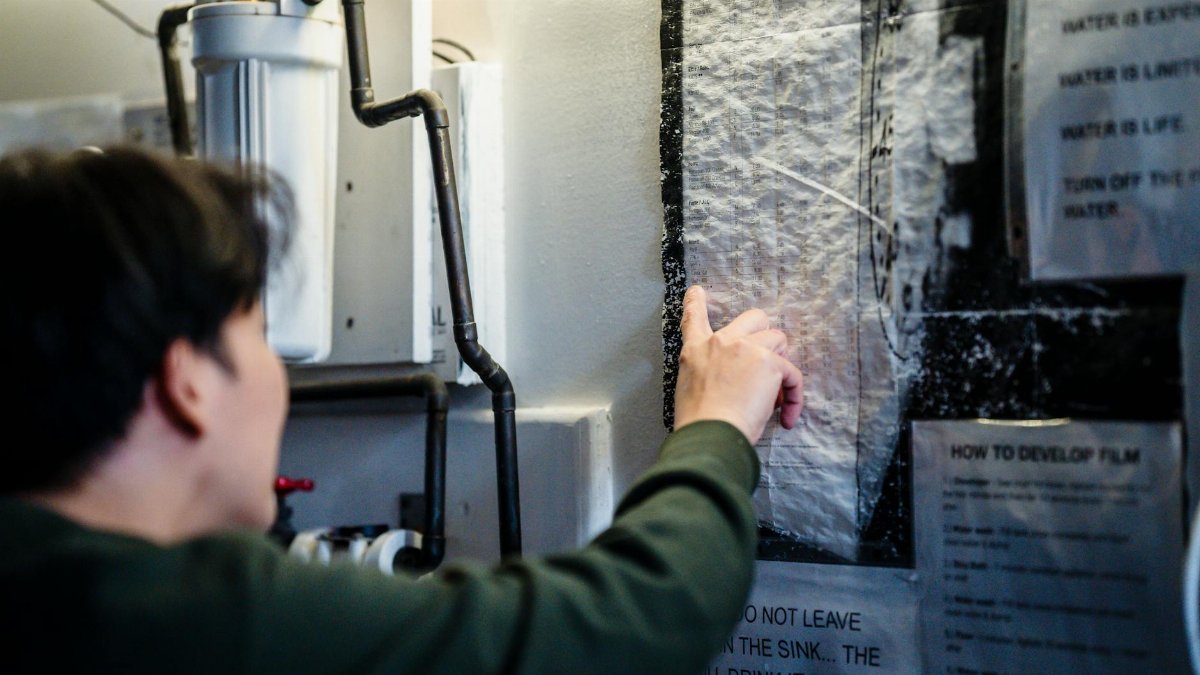
Ready to try it? Sit face-to-face with your partner, about a foot apart. Maintain steady eye contact without speaking. Begin breathing deeply together—inhale for four seconds, exhale for four. Match their rhythm if it differs. Start with two minutes; increase as comfort grows. The key is consistency—don’t break gaze or rush. Experts suggest a quiet space to avoid distractions. Awkward at first? That’s normal. Push through; the unease often fades.
Benefits for Relationships

Couples report feeling “seen” after practicing breath eye contact intimacy, with many noting improved communication. Therapists say it cuts through surface-level chatter, forcing raw vulnerability. For new connections, it can accelerate trust-building—think first dates or team-building exercises. Beyond romance, friends and family use it to mend rifts. The technique’s simplicity means anyone can try it, no training required, though results vary based on openness and intent.
Potential Pitfalls to Watch For
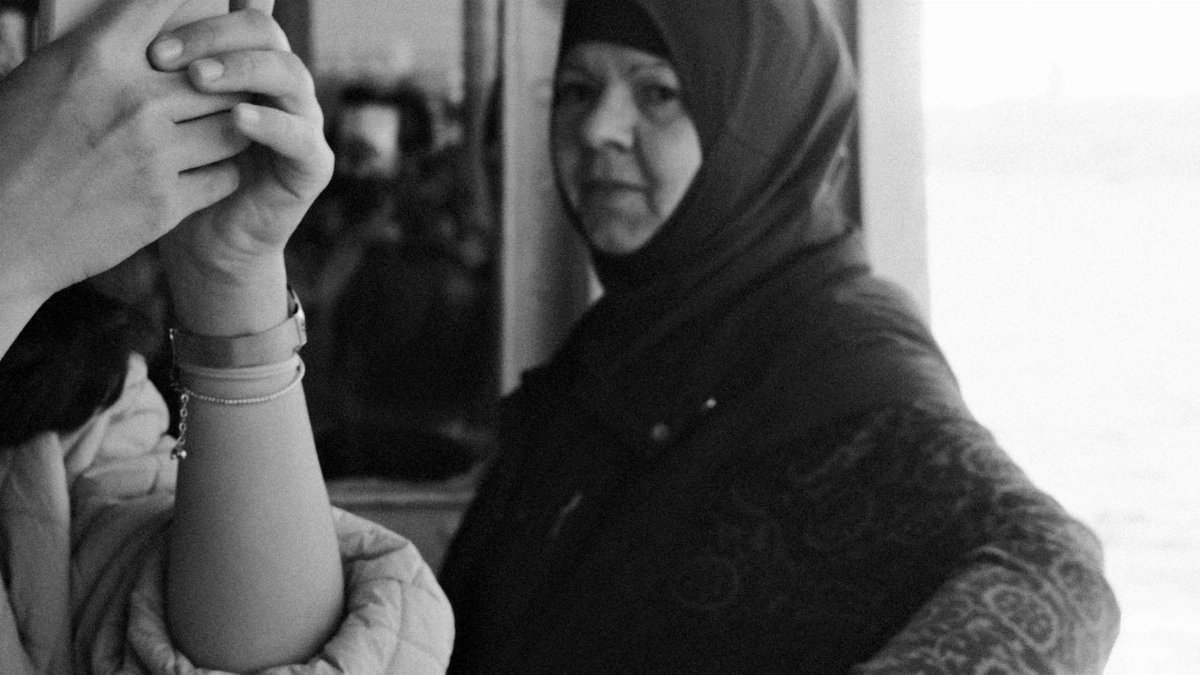
It’s not foolproof. Staring into someone’s eyes while breathing in sync can feel invasive or trigger anxiety for some. Past trauma or discomfort with vulnerability might make it a non-starter. Experts caution against forcing it—mutual consent and comfort are critical. If either person feels uneasy, stop immediately. Misusing the technique as a manipulative tool can also backfire, eroding trust instead of building it. Approach with genuine intent.
Real-World Applications
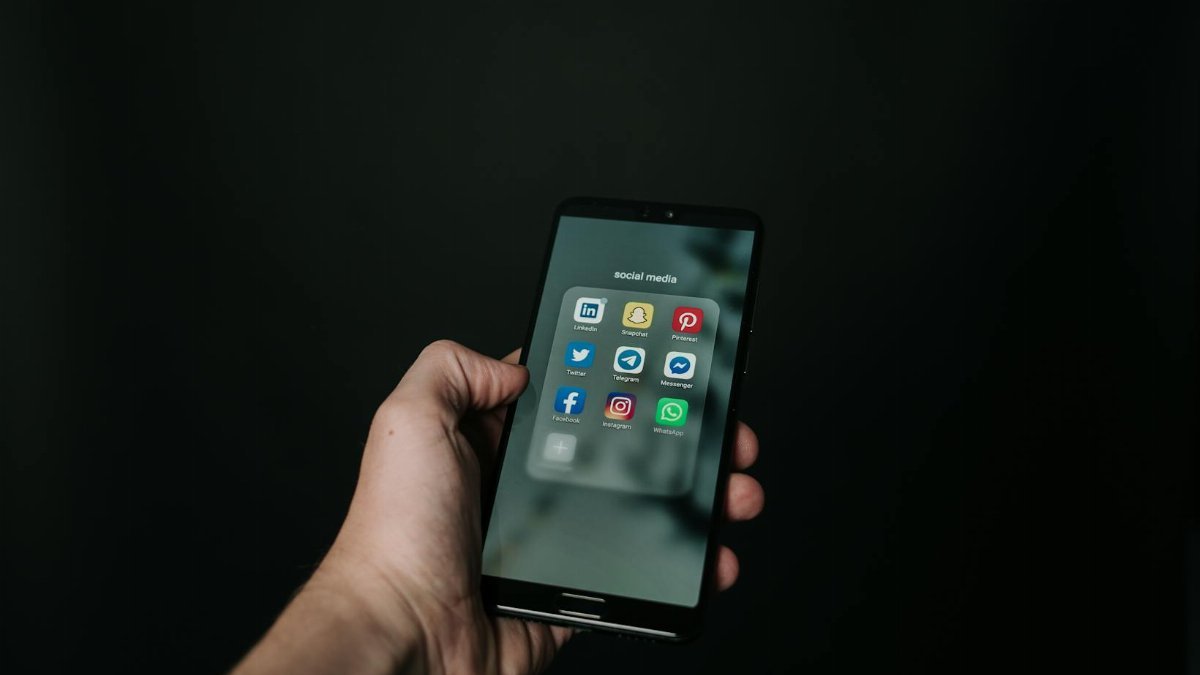
Therapy settings often integrate breath eye contact intimacy to help couples rebuild after conflict. Corporate wellness programs are experimenting with it for team cohesion, though with mixed feedback. Even speed-dating events in cities like New York and Los Angeles now include it as an icebreaker. Participants often describe a “rush” of connection, though skeptics argue it’s more placebo than profound. Still, its adaptability across contexts keeps it relevant.
Is It Right for You?

This technique isn’t a one-size-fits-all. If you crave deeper bonds but struggle with traditional communication, it might click. Those uneasy with intense eye contact or physical closeness may find it jarring. Test it with someone you trust first. Relationship experts stress that while it’s a tool, it’s not a cure for deeper issues. Use it as a starting point, not a sole solution, and gauge your comfort level honestly.
Natasha is the heart of our exploration into conscious connection. Applying principles from multiple counseling courses in her own life, she guides you to cultivate stronger, more joyful bonds.
Disclaimer
The content on this post is for informational purposes only. It is not intended as a substitute for professional health or financial advice. Always seek the guidance of a qualified professional with any questions you may have regarding your health or finances. All information is provided by FulfilledHumans.com (a brand of EgoEase LLC) and is not guaranteed to be complete, accurate, or reliable.
